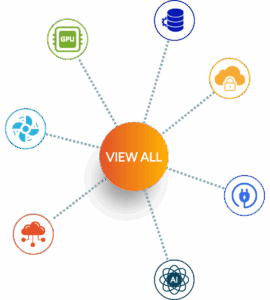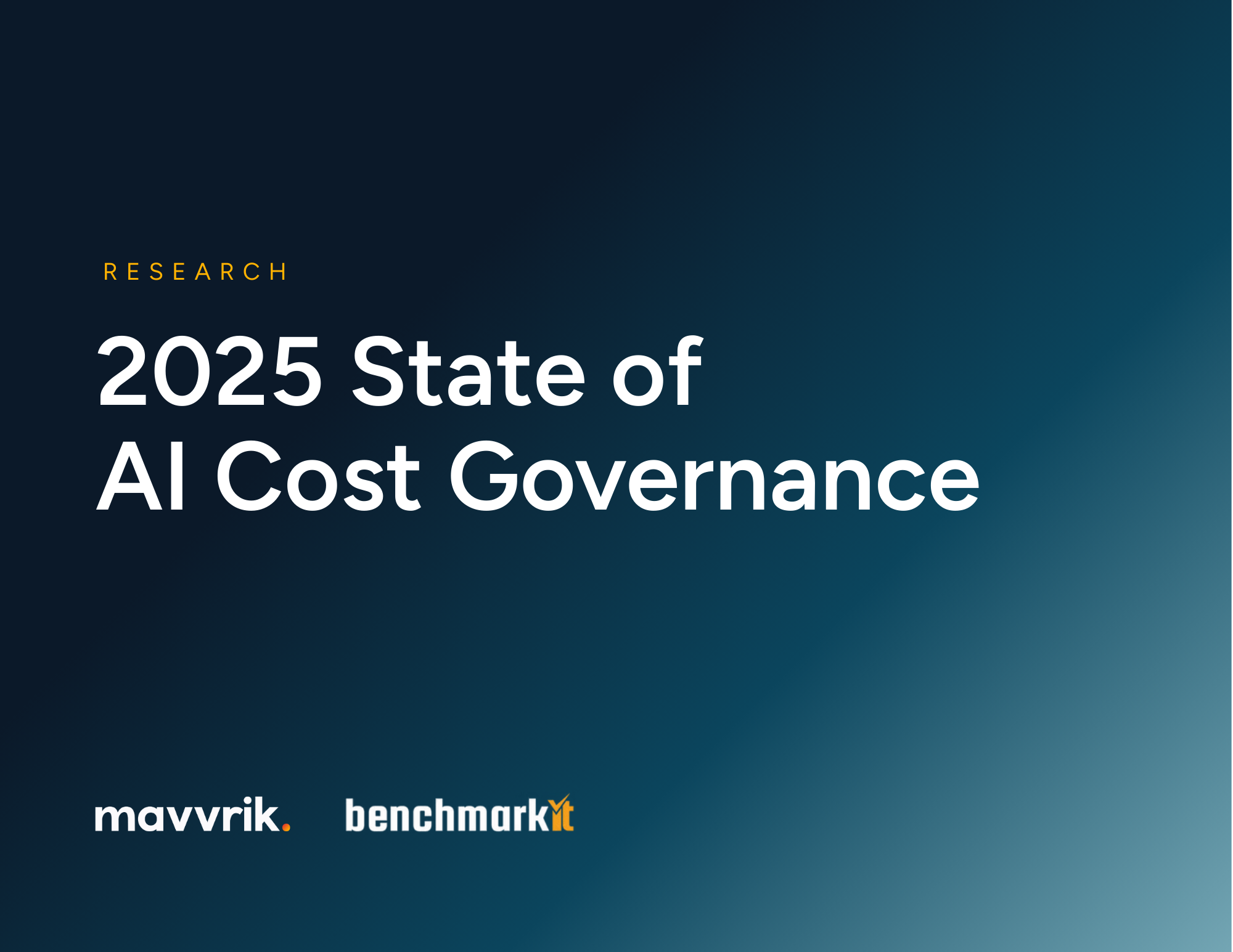Why AI Cost Governance for Data Centers Is Now Essential
The modern data center is no longer just about uptime and utilization—it’s about financial precision.
As organizations shift to hybrid environments, the integration of AI tools complicates the financial management aspect. For example, a company utilizing a mix of on-premise and cloud solutions must have visibility into how AI workloads affect overall expenditure. This requires sophisticated tracking mechanisms to ensure that all resources are accounted for, which directly ties back to effective cost governance.
As enterprise IT shifts toward hybrid environments, AI-powered workloads, and consumption-based services, the lines between infrastructure operations and financial strategy are blurring. Data center operators are no longer managing just racks and resources, they’re managing risk, margins, and accountability. And it’s here that cost governance becomes mission critical.
Of course, that’s easier said than done. Today organization need to understand that effective cost governance is not solely a technology issue; it is a strategic imperative. By aligning financial oversight with operational efficiencies, data centers can enhance their service delivery. For instance, using AI to predict resource usage patterns can lead to more accurate forecasting of expenses, which in turn allows for better budget allocations.
What Is Cost Governance, Really?
At its core, cost governance means putting the right structures in place to ensure infrastructure costs are visible, understandable, and tied to business value. It’s not just reporting spend after the fact—it’s proactively shaping how technology resources are tracked, allocated, and justified.
In a traditional cloud or on-prem setup, cost governance might involve monthly reports, basic budgeting, or showback models. But in today’s AI-accelerated world, those tools fall short.
Integrating AI Cost Governance for Data Centers can unveil hidden costs.
AI workloads shift hourly, not monthly
GPU resources are shared across tenants, teams, and products.
Infrastructure is no longer bought in bulk—it’s consumed like a utility.
You can’t govern what you can’t see. And most organizations still can’t see enough.
Additionally, the integration of real-time analytics into cost governance can illuminate previously hidden expenditures. For example, deploying AI-driven dashboards can provide insights into which departments or projects are consuming the most resources, enabling finance teams to take preemptive action before costs spiral out of control.

Why It Matters More Than Ever
With the complexity of AI workloads also comes the potential for unforeseen costs. For example, a multi-tenant environment can lead to underbilling if usage isn’t monitored meticulously. If one department uses significantly more resources than anticipated, it places a financial burden on other departments or projects, which can lead to internal conflicts regarding budget allocations.
Without strong cost governance, data centers run the risk of becoming black boxes—where costs go in but clarity doesn’t come out. This leads to:
One practical example of effective cost governance can be seen in organizations that utilize automated chargeback mechanisms. By tracking resource usage at a granular level, these mechanisms ensure that departments are billed accurately, reflecting their actual consumption. This not only promotes accountability but also incentivizes teams to be more judicious in their use of resources.
Underbilling and lost revenue in multi-tenant GPU environment
Margin erosion when AI features are deployed without cost-to-serve clarity
Misalignment between infrastructure usage and business outcomes
The future of data centers relies on effective AI Cost Governance for Data Centers.
In fact, many data center operators today are unknowingly subsidizing their customers’ AI ambitions, all because they lack the financial tooling to track usage with precision.

Data centers that implement advanced cost governance strategies, such as proactive monitoring and predictive analysis, can turn these challenges into opportunities. By gaining deeper insights into expenditure patterns, organizations can optimize resource allocation and enhance their overall financial health. This proactive approach not only mitigates risks but also positions data centers as strategic assets within the organization.
The Spaghetti Mess of AI Costs
AI workloads are built on an ecosystem of resources—each with its own pricing model. From GPUs billed per second, to LLM APIs priced by token, to consumption-based platforms like Databricks and Snowflake—every layer adds cost complexity.
Without a unified view, finance teams are left guessing. Cost governance brings clarity to this chaos.
The New Governance Mandate
To stay competitive—and profitable—data center operators must adopt governance practices that match the complexity of modern workloads. That includes:
Attribution: Knowing who is using what, and at what cost. Not just cloud-wide, but by model, customer, feature, or SKU.
Chargeback & Forecasting: Turning usage into actual bills—and using that data to forecast future spend with confidence.
Transparency Across the Stack: From GPUs to SaaS layers to Kubernetes, every resource needs to be accounted for.
Understanding AI Cost Governance for Data Centers: What the Best Data Centers Are Doing
Leaders in this space aren’t waiting for billing problems to pile up. They’re embedding financial control into their infrastructure from the ground up. That means:
Moving from manual estimates to automated usage-based chargeback
Creating a single source of cost truth across cloud and on-prem resources
Aligning engineering, finance, and operations around a shared cost language.
In the wake of stringent budget constraints, many data center operators are leveraging AI to enhance their forecasting capabilities. By analyzing historical usage patterns, they can predict future resource requirements with greater accuracy. This leads to more effective budget preparations and better alignment of IT spending with business goals.
Final Thought: Cost Is No Longer Just a Finance Problem
It’s a product problem. A customer success problem. A pricing problem. And in the age of AI, it’s a survival problem.
Data centers that embrace a culture of cost governance will not just survive but thrive. They will transform the challenges posed by AI’s complexities into strategic advantages. As the financial landscape of technology evolves, the importance of AI Cost Governance for Data Centers will only continue to grow. Organizations that make cost governance a core competency will lead the way in navigating this new terrain.
Want to see what AI Cost Governance for Data Centers could look like in your data center?
Let’s talk.


